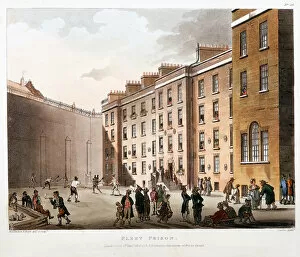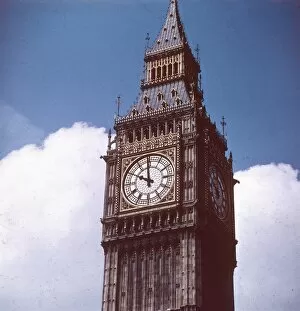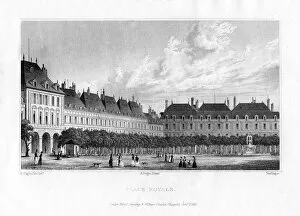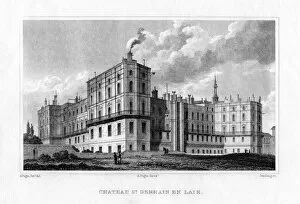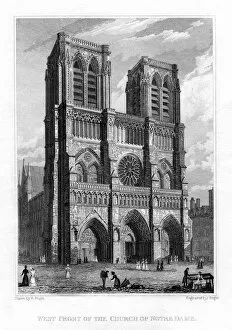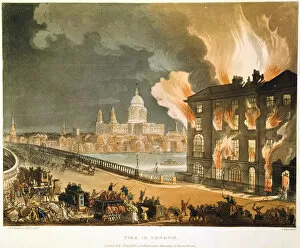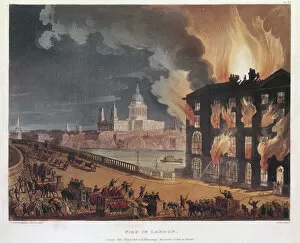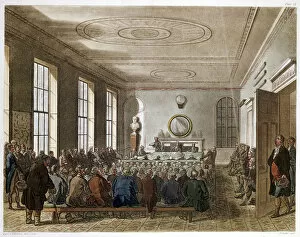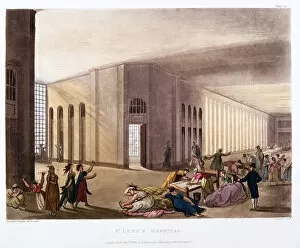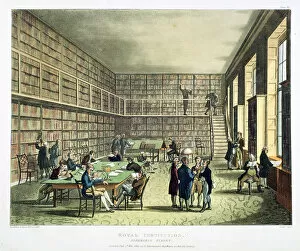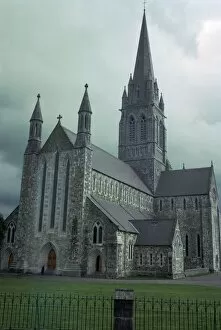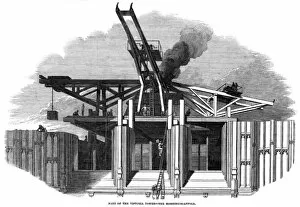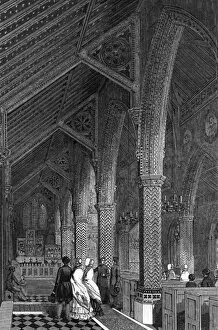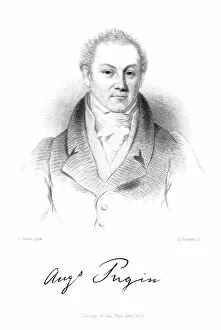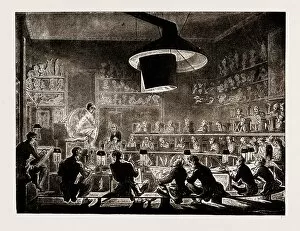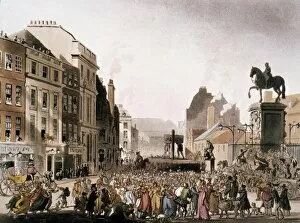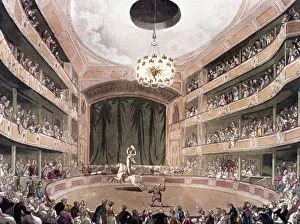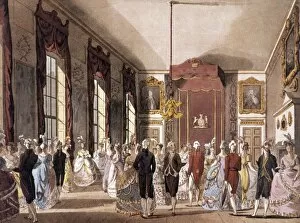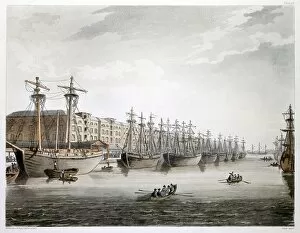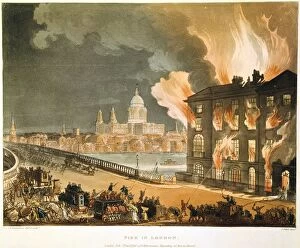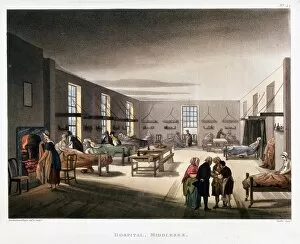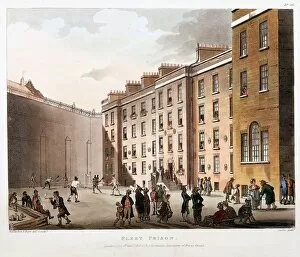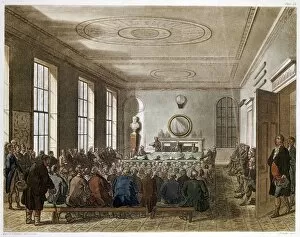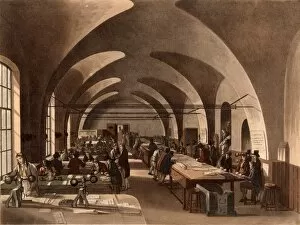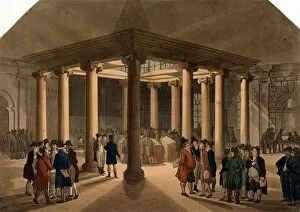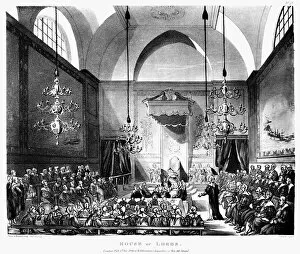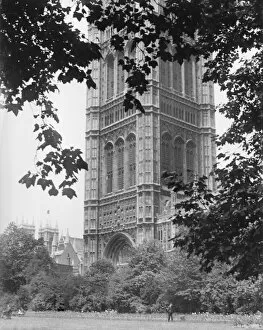Pugin Collection (#4)
"Pugin: A Master Architect's Legacy Unveiled" Step into the world of Pugin, a visionary architect whose creations continue to captivate us today
For sale as Licensed Images
Choose your image, Select your licence and Download the media
"Pugin: A Master Architect's Legacy Unveiled" Step into the world of Pugin, a visionary architect whose creations continue to captivate us today. From his intricate architectural drawings to his stunning designs for grand estates, Pugin's genius shines through every stroke. In the west front inner gate house drawing from 1833-1834, we witness Pugin's meticulous attention to detail as he brings life to stone and mortar. The design exudes strength and elegance, showcasing his mastery of Gothic Revival architecture. Moving on to Eastnor Castle in Hertfordshire, ca. 1850, we are transported into a realm of opulence and beauty. Pugin's vision for the decoration of the drawing room is nothing short of breathtaking. Intricate patterns intertwine with luxurious fabrics, creating an ambiance fit for royalty. The banquet scene in the Egyptian Hall at Mansion House takes us on a journey back in time. Pugin's ability to transport us through history is evident here as we immerse ourselves in ancient splendor and regal festivities. No discussion about Pugin would be complete without mentioning his most iconic creation - the Houses of Parliament and Big Ben. Standing proudly along Westminster Bridge with the River Thames flowing beneath them, these landmarks have become synonymous with London itself. Pugin's collaborations were equally remarkable; working alongside Herbert at Kings Chapel resulted in awe-inspiring architectural marvels that still inspire reverence today. Similarly, his partnership with R & Pugin brought forth Quaker Meeting spaces that exude tranquility and simplicity while maintaining their timeless charm. Venturing further into London’s rich tapestry, we encounter The Great Subscription Room at Brookss on St James Street from 1808 (1947). This masterpiece showcases not only Pugins' architectural prowess but also his ability to create spaces that foster social connection and camaraderie.

